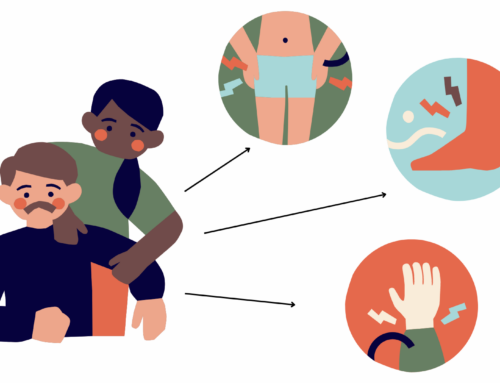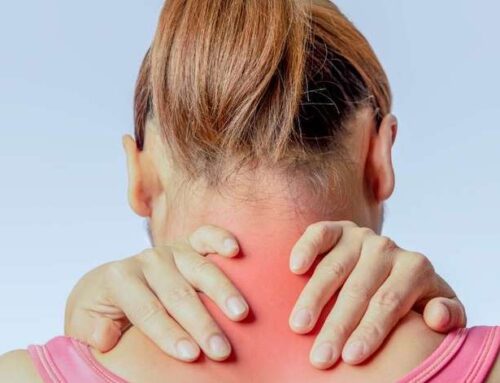Eccentric decline squat protocol offers superior results at 12 months compared with traditional eccentric protocol for patellar tendinopathy in volleyball players
Abstract
Background: Conservative treatment of patellar tendinopathy has been minimally investigated. Effective validated treatment protocols are required.
Objectives: To investigate the immediate (12 weeks) and long term (12 months) efficacy of two eccentric exercise programmes for the treatment of patellar tendinopathy.
Methods: This was a prospective randomised controlled trial of 17 elite volleyball players with clinically diagnosed and imaging confirmed patellar tendinopathy. Participants were randomly assigned to one of two treatment groups: a decline group and a step group. The decline group were required to perform single leg squats on a 25° decline board, exercising into tendon pain and progressing their exercises with load. The step group performed single leg squats on a 10 cm step, exercising without tendon pain and progressing their exercises with speed then load. All participants completed a 12 week intervention programme during their preseason. Outcome measures used were the Victorian Institute of Sport Assessment (VISA) score for knee function and 100 mm visual analogue scale (VAS) for tendon pain with activity. Measures were taken throughout the intervention period and at 12 months.
Results: Both groups had improved significantly from baseline at 12 weeks and 12 months. Analysis of the likelihood of a 20 point improvement in VISA score at 12 months revealed a greater likelihood of clinical improvements in the decline group than the step group. VAS scores at 12 months did not differ between the groups.
Conclusions: Both exercise protocols improved pain and sporting function in volleyball players over 12 months. This study indicates that the decline squat protocol offers greater clinical gains during a rehabilitation programme for patellar tendinopathy in athletes who continue to train and play with pain.
Para mayor información puede ingresar a la siguiente dirección: http://msscentershop.info/content/39/2/102.short
Abstract
Background: Conservative treatment of patellar tendinopathy has been minimally investigated. Effective validated treatment protocols are required.
Objectives: To investigate the immediate (12 weeks) and long term (12 months) efficacy of two eccentric exercise programmes for the treatment of patellar tendinopathy.
Methods: This was a prospective randomised controlled trial of 17 elite volleyball players with clinically diagnosed and imaging confirmed patellar tendinopathy. Participants were randomly assigned to one of two treatment groups: a decline group and a step group. The decline group were required to perform single leg squats on a 25° decline board, exercising into tendon pain and progressing their exercises with load. The step group performed single leg squats on a 10 cm step, exercising without tendon pain and progressing their exercises with speed then load. All participants completed a 12 week intervention programme during their preseason. Outcome measures used were the Victorian Institute of Sport Assessment (VISA) score for knee function and 100 mm visual analogue scale (VAS) for tendon pain with activity. Measures were taken throughout the intervention period and at 12 months.
Results: Both groups had improved significantly from baseline at 12 weeks and 12 months. Analysis of the likelihood of a 20 point improvement in VISA score at 12 months revealed a greater likelihood of clinical improvements in the decline group than the step group. VAS scores at 12 months did not differ between the groups.
Conclusions: Both exercise protocols improved pain and sporting function in volleyball players over 12 months. This study indicates that the decline squat protocol offers greater clinical gains during a rehabilitation programme for patellar tendinopathy in athletes who continue to train and play with pain.
Para mayor información puede ingresar a la siguiente dirección: http://msscentershop.info/content/39/2/102.short





